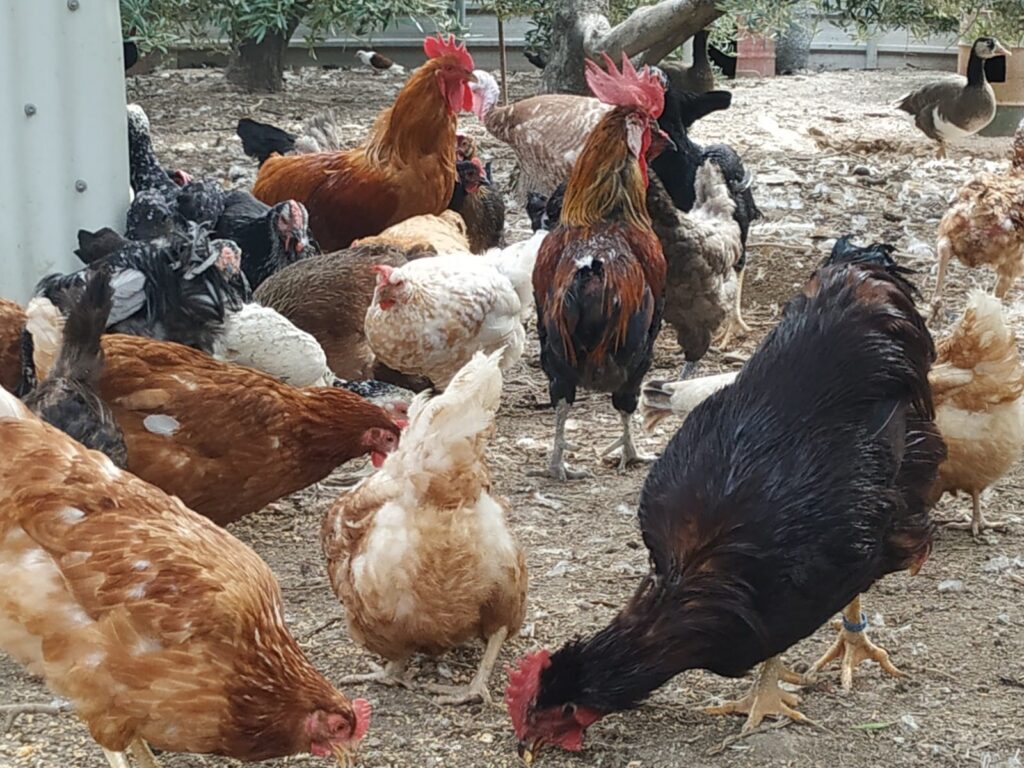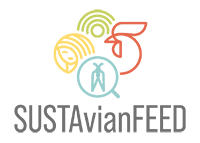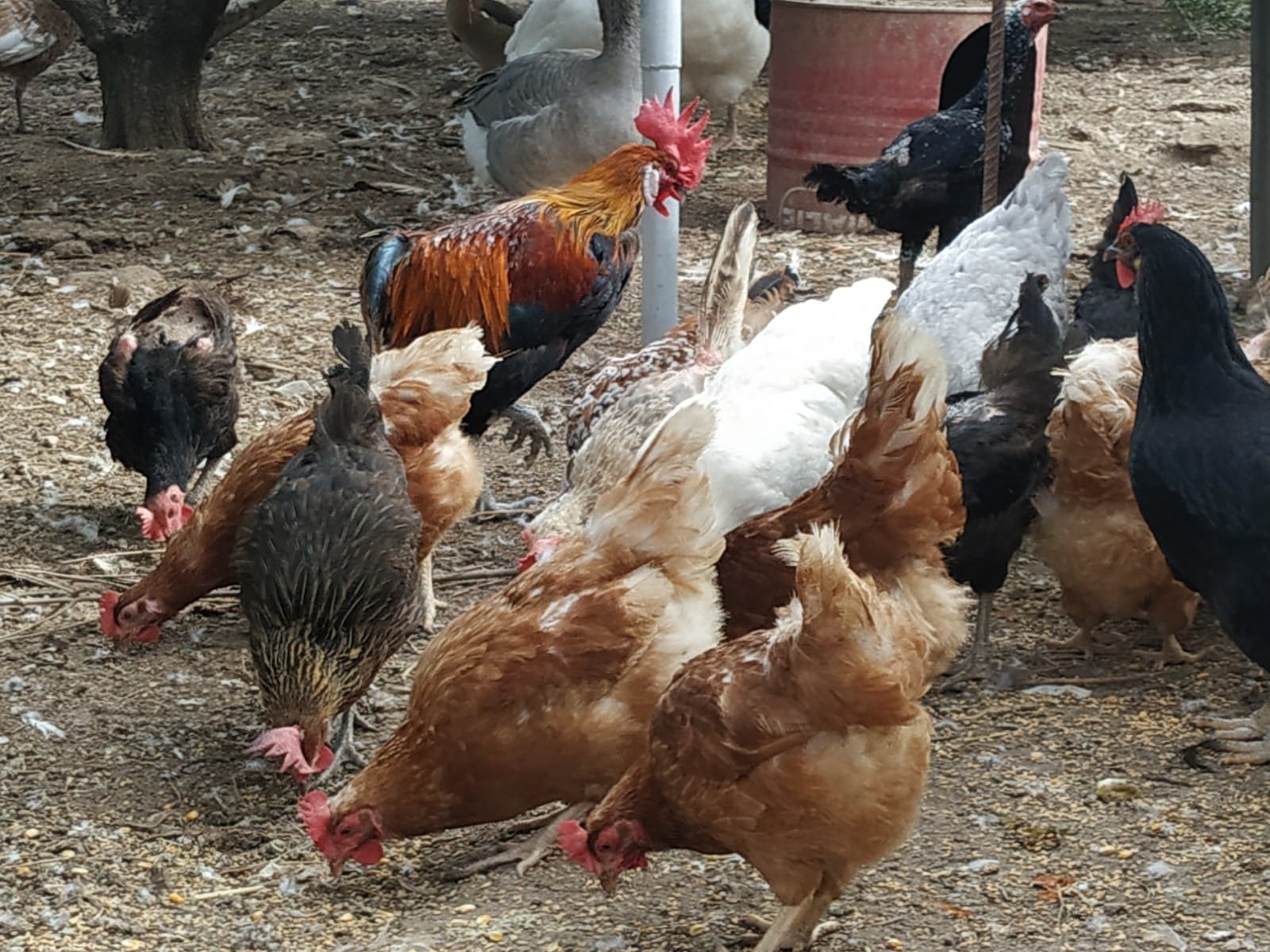The 40-week period in which the University of Murcia has been working with Isazul breed hens, to analyze the effects of the new experimental diets within SUSTavianFEED project, has recently come to an end.
The large number of stored samples and results reported by the methodology fielded are now being analyzed. During the next months we will be obtaining the results of the study of the new feeding program (more sustainable than those usually used) on the productive parameters of the hens, their welfare and the quality of the eggs obtained. We hope that these parameters will not be penalized by the use of sustainable diets, and even that some parameters, especially those related to welfare, may improve.
“The diets – explains Dr Silvia Martínez-Miró, spokeperson for the University of Murcia – consisted of a Control one comprised of conventional ingredients for this type of regional hen; an alternative diet, called Km 0, featuring reduced quantities of imported soybean and cereals, the inclusion of more sustainable plant-based ingredients; and a third diet identical to the previous in which Hermetia illucens larvae were incorporated as an alternative protein source”.

Numerous scientific studies show the high environmental impact of using ingredients imported from distant countries, not only due to transportation, but also due to the deforestation involved in the cultivation of some of them.
That is why alternative ingredients with less environmental impact than the usual ones are sought.
In addition, insects have excellent nutritional characteristics, being very rich in protein and fats, which make them a very interesting option to replace some high-impact protein sources. In this pilot study, the company Entomo from Murcia, has provided us with the larvae of Hermetia iIllucens, a larva that feeding on agro-industrial waste, in only 12-14 days achieves a suitable maturity to be introduced in the hens’ feed.
“Feed intake and daily egg production – Dr. Martínez-Miró continues – were monitored throughout the study to calculate performance parameters such as egg production, egg mass, and conversion index. Three controls were also conducted at 4, 9 and 15 weeks into the study, where both external and internal egg quality were analyzed for all three diets. Video cameras were installed to document and assess the impact of these diets on the behavior of the hens. Additionally, each control involved an assessment of welfare parameters, in accordance with Welfare Quality® standards, as well as blood sampling to measure biochemical parameters and welfare indicators. Various tests were also carried out, including the tonic immobility test, to measure stress levels in the animals. Lastly, a sensory evaluation of the eggs from trained panelists was conducted.
In the scenario that the results are optimal, the methodology used in the Sustavianfeed project is fully accepted by the scientific community and replicable at commercial level, so it would be possible to implement new more sustainable feeding programs in the poultry sector.
The Murcia pilot has worked with laying hens, but the other participants are developing other pilots to cover both meat chicken production and laying hens of other breeds in the Mediterranean area. Thus, the participation of universities from 4 countries, 2 companies and 2 NGOs in the project has enriched both the design and the development of the pilot. This collaboration will also allow a breakthrough in the field of poultry production in the Mediterranean area.








Leave a Reply
You must be logged in to post a comment.